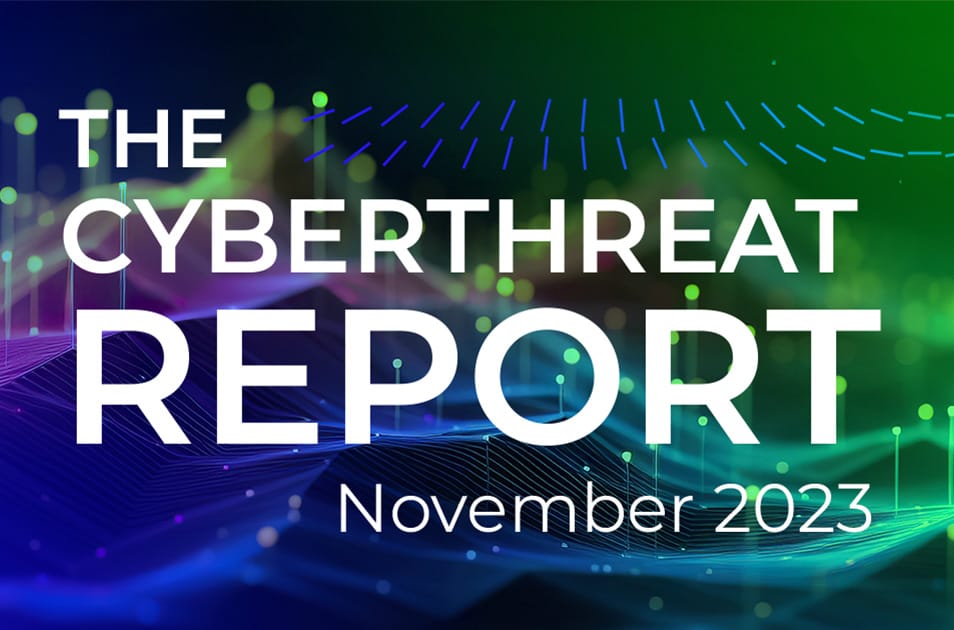Ransomware & Threats
With online threats getting more sophisticated every day, prevention is key to avoid losing your data or paying a ransom.
What is Ransomware?
Ransomware is malware that employs encryption to hold a victim’s information at ransom. A user or organization’s critical data is encrypted so that they cannot access files, databases, or applications.
Read MoreWhat is Malware?
Short for “malicious software,” malware is computed code that is designed to harm or exploit any programmable device, server, or network.
Read MoreWhat is Fileless Malware?
Fileless malware is a type of malicious software that uses legitimate programs to infect a computer. It does not rely on files and leaves no footprint, making it challenging to detect and remove.
Read MoreMalware vs. Viruses
The terms "virus" and "malware" are often used interchangeably. However, they are technically different, so the question of malware vs. viruses is an important one.
Read MoreWhat is Petya?
Petya ransomware began spreading internationally on June 27, 2017. Targeting Windows servers, PCs, and laptops, this cyberattack appeared to be an updated variant of the Petya malware virus.
Read MoreWhat is Stuxnet?
Stuxnet is a computer worm that was originally aimed at Iran’s nuclear facilities and has since mutated and spread to other industrial and energy-producing facilities.
Read More